
Jean-Baptiste Greuze Painting Reproductions 5 of 5
1725-1805
French Rococo Painter
119 Jean-Baptiste Greuze Paintings

Girl Looking at a Dead Pigeon c.1765/70
Paper Art Print
$58.48
$58.48
SKU: JBG-7428
Jean-Baptiste Greuze
Original Size: 38.8 x 30.9 cm
The State Hermitage Museum, St. Petersburg, Russia
Jean-Baptiste Greuze
Original Size: 38.8 x 30.9 cm
The State Hermitage Museum, St. Petersburg, Russia
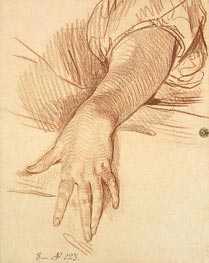
Study of a Female Arm Dropped Down 1765
Paper Art Print
$58.48
$58.48
SKU: JBG-7429
Jean-Baptiste Greuze
Original Size: 41.5 x 32.4 cm
The State Hermitage Museum, St. Petersburg, Russia
Jean-Baptiste Greuze
Original Size: 41.5 x 32.4 cm
The State Hermitage Museum, St. Petersburg, Russia
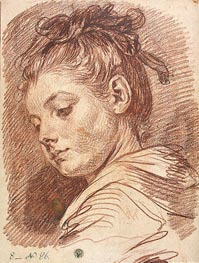
Head of a Young Woman b.1769
Paper Art Print
$58.48
$58.48
SKU: JBG-7430
Jean-Baptiste Greuze
Original Size: 44.3 x 33.1 cm
The State Hermitage Museum, St. Petersburg, Russia
Jean-Baptiste Greuze
Original Size: 44.3 x 33.1 cm
The State Hermitage Museum, St. Petersburg, Russia
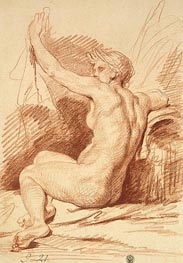
Study of a Nymph b.1755
Paper Art Print
$58.48
$58.48
SKU: JBG-7431
Jean-Baptiste Greuze
Original Size: 45.5 x 31.6 cm
The State Hermitage Museum, St. Petersburg, Russia
Jean-Baptiste Greuze
Original Size: 45.5 x 31.6 cm
The State Hermitage Museum, St. Petersburg, Russia
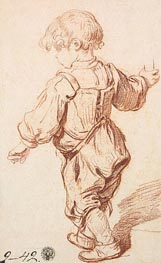
Study of a Boy Walking c.1765/69
Paper Art Print
$58.48
$58.48
SKU: JBG-7432
Jean-Baptiste Greuze
Original Size: 29.1 x 19 cm
The State Hermitage Museum, St. Petersburg, Russia
Jean-Baptiste Greuze
Original Size: 29.1 x 19 cm
The State Hermitage Museum, St. Petersburg, Russia
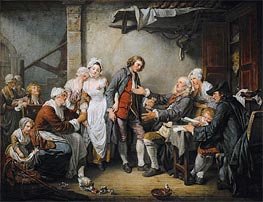
The Village Agreement 1761
Oil Painting
$9696
$9696
Canvas Print
$71.80
$71.80
SKU: JBG-13368
Jean-Baptiste Greuze
Original Size: 92 x 117 cm
Louvre Museum, Paris, France
Jean-Baptiste Greuze
Original Size: 92 x 117 cm
Louvre Museum, Paris, France
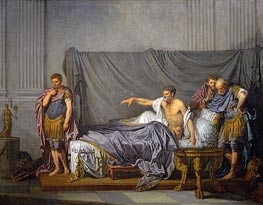
The Emperor Severus Rebuking his Son, Caracalla, ... 1769
Oil Painting
$3315
$3315
Canvas Print
$73.00
$73.00
SKU: JBG-13369
Jean-Baptiste Greuze
Original Size: 124 x 160 cm
Louvre Museum, Paris, France
Jean-Baptiste Greuze
Original Size: 124 x 160 cm
Louvre Museum, Paris, France
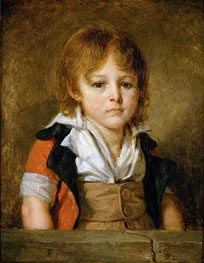
Portrait of Edouard Bertin n.d.
Oil Painting
$1560
$1560
Canvas Print
$61.75
$61.75
SKU: JBG-13370
Jean-Baptiste Greuze
Original Size: 46 x 36 cm
Louvre Museum, Paris, France
Jean-Baptiste Greuze
Original Size: 46 x 36 cm
Louvre Museum, Paris, France
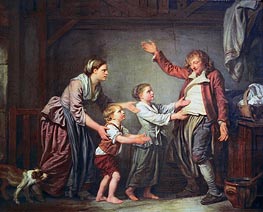
The Drunken Cobbler c.1780/85
Oil Painting
$3420
$3420
Canvas Print
$75.38
$75.38
SKU: JBG-13371
Jean-Baptiste Greuze
Original Size: 76 x 91.5 cm
Portland Art Museum, Oregon, USA
Jean-Baptiste Greuze
Original Size: 76 x 91.5 cm
Portland Art Museum, Oregon, USA
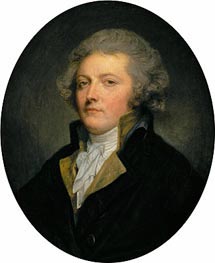
Fabre d'Eglantine n.d.
Oil Painting
$1583
$1583
Canvas Print
$90.96
$90.96
SKU: JBG-13372
Jean-Baptiste Greuze
Original Size: 60 x 49 cm
Louvre Museum, Paris, France
Jean-Baptiste Greuze
Original Size: 60 x 49 cm
Louvre Museum, Paris, France
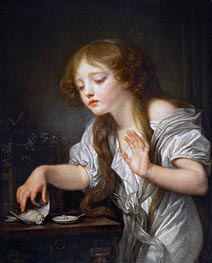
The Dead Bird c.1800
Oil Painting
$1955
$1955
Canvas Print
$75.55
$75.55
SKU: JBG-13373
Jean-Baptiste Greuze
Original Size: 68 x 55 cm
Louvre Museum, Paris, France
Jean-Baptiste Greuze
Original Size: 68 x 55 cm
Louvre Museum, Paris, France
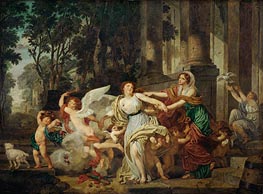
Innocence Swept Along by Love c.1786
Oil Painting
$3568
$3568
Canvas Print
$68.92
$68.92
SKU: JBG-13374
Jean-Baptiste Greuze
Original Size: 146 x 196 cm
Louvre Museum, Paris, France
Jean-Baptiste Greuze
Original Size: 146 x 196 cm
Louvre Museum, Paris, France
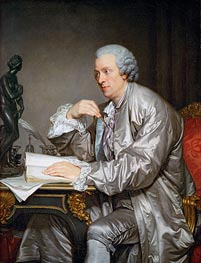
Claude Henri Watelet c.1765
Oil Painting
$3959
$3959
Canvas Print
$71.46
$71.46
SKU: JBG-13375
Jean-Baptiste Greuze
Original Size: 115 x 88 cm
Louvre Museum, Paris, France
Jean-Baptiste Greuze
Original Size: 115 x 88 cm
Louvre Museum, Paris, France

Study Head of a Woman n.d.
Oil Painting
$1526
$1526
Canvas Print
$61.75
$61.75
SKU: JBG-13376
Jean-Baptiste Greuze
Original Size: 47 x 40.6 cm
Metropolitan Museum of Art, New York, USA
Jean-Baptiste Greuze
Original Size: 47 x 40.6 cm
Metropolitan Museum of Art, New York, USA
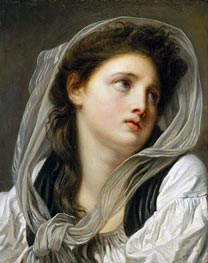
Head of a Young Woman (Contemplation) c.1775
Oil Painting
$1654
$1654
Canvas Print
$61.75
$61.75
SKU: JBG-13377
Jean-Baptiste Greuze
Original Size: 41 x 32.4 cm
Metropolitan Museum of Art, New York, USA
Jean-Baptiste Greuze
Original Size: 41 x 32.4 cm
Metropolitan Museum of Art, New York, USA

Broken Eggs 1756
Oil Painting
$4833
$4833
Canvas Print
$72.14
$72.14
SKU: JBG-13378
Jean-Baptiste Greuze
Original Size: 73 x 94 cm
Metropolitan Museum of Art, New York, USA
Jean-Baptiste Greuze
Original Size: 73 x 94 cm
Metropolitan Museum of Art, New York, USA
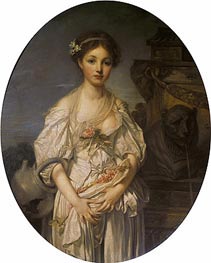
The Broken Pitcher c.1772/73
Oil Painting
$2742
$2742
Canvas Print
$75.04
$75.04
SKU: JBG-13379
Jean-Baptiste Greuze
Original Size: 108.5 x 86.5 cm
Louvre Museum, Paris, France
Jean-Baptiste Greuze
Original Size: 108.5 x 86.5 cm
Louvre Museum, Paris, France

Anne-Marie de Bricqueville de Laluserne, Marquise ... c.1759
Oil Painting
$7476
$7476
Canvas Print
$73.85
$73.85
SKU: JBG-13381
Jean-Baptiste Greuze
Original Size: 94 x 76.2 cm
Baltimore Museum of Art, Maryland, USA
Jean-Baptiste Greuze
Original Size: 94 x 76.2 cm
Baltimore Museum of Art, Maryland, USA
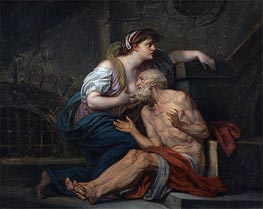
Cimon and Pero (Roman Charity) c.1767
Oil Painting
$1662
$1662
Canvas Print
$74.36
$74.36
SKU: JBG-15970
Jean-Baptiste Greuze
Original Size: 65.4 x 81.4 cm
J. Paul Getty Museum, Los Angeles, USA
Jean-Baptiste Greuze
Original Size: 65.4 x 81.4 cm
J. Paul Getty Museum, Los Angeles, USA
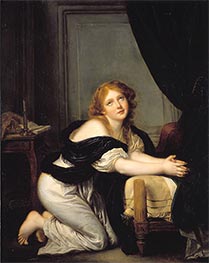
Morning Prayer n.d.
Oil Painting
$1869
$1869
Canvas Print
$74.19
$74.19
SKU: JBG-17717
Jean-Baptiste Greuze
Original Size: 68 x 53.5 cm
Musee Cognacq-Jay, Paris, France
Jean-Baptiste Greuze
Original Size: 68 x 53.5 cm
Musee Cognacq-Jay, Paris, France
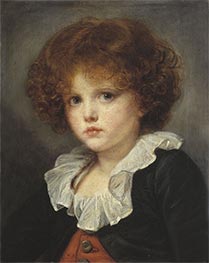
Little Boy in a Red Vest c.1775
Oil Painting
$1182
$1182
Canvas Print
$61.75
$61.75
SKU: JBG-17718
Jean-Baptiste Greuze
Original Size: 40.5 x 32 cm
Musee Cognacq-Jay, Paris, France
Jean-Baptiste Greuze
Original Size: 40.5 x 32 cm
Musee Cognacq-Jay, Paris, France
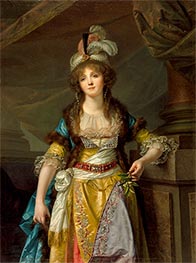
Portrait of a Lady in Turkish Fancy Dress c.1790
Oil Painting
$3271
$3271
Canvas Print
$70.28
$70.28
SKU: JBG-17719
Jean-Baptiste Greuze
Original Size: 116.8 x 90.8 cm
Los Angeles County Museum of Art, California, USA
Jean-Baptiste Greuze
Original Size: 116.8 x 90.8 cm
Los Angeles County Museum of Art, California, USA
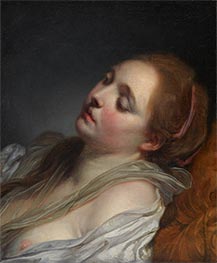
The Dreamer c.1765/69
Oil Painting
$1390
$1390
Canvas Print
$61.75
$61.75
SKU: JBG-18143
Jean-Baptiste Greuze
Original Size: 45 x 37.4 cm
Dallas Museum of Art, Texas, USA
Jean-Baptiste Greuze
Original Size: 45 x 37.4 cm
Dallas Museum of Art, Texas, USA